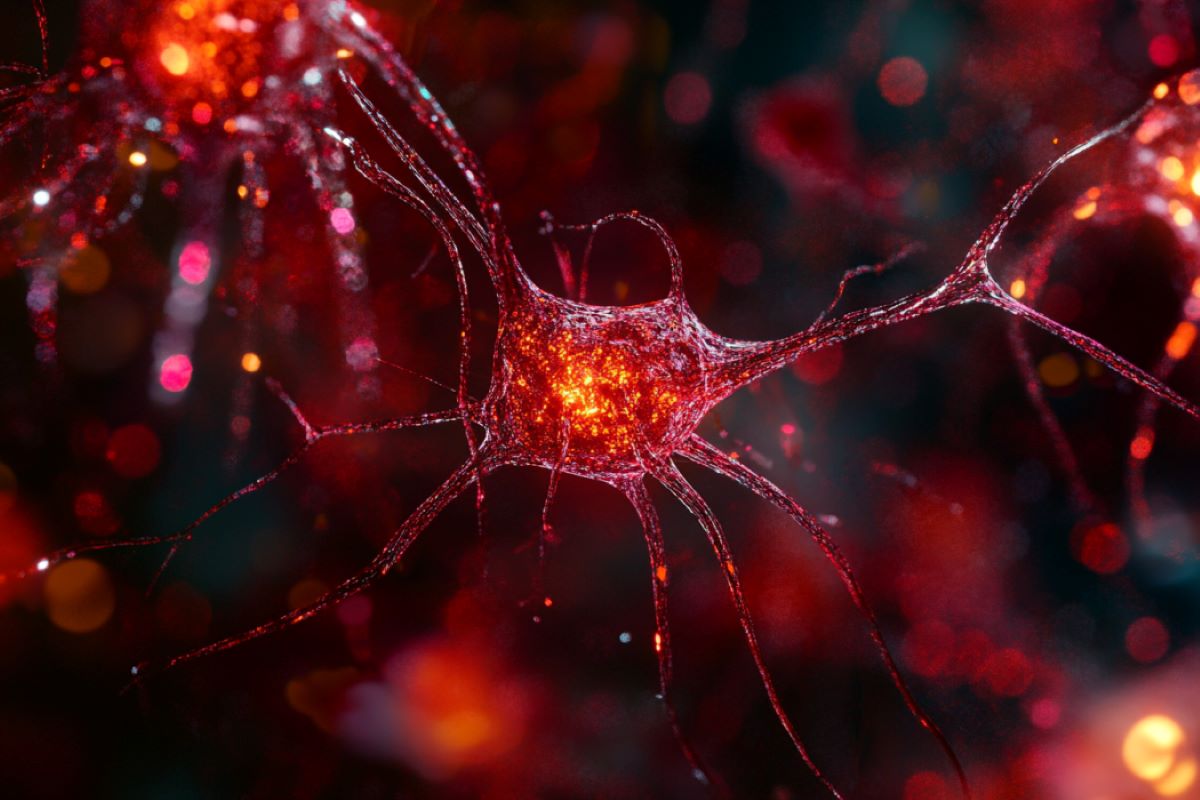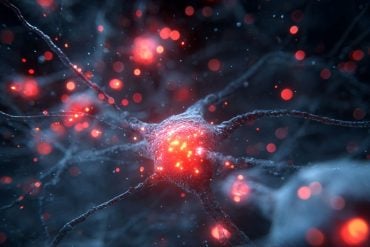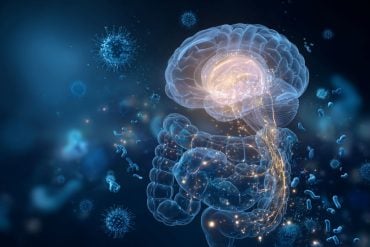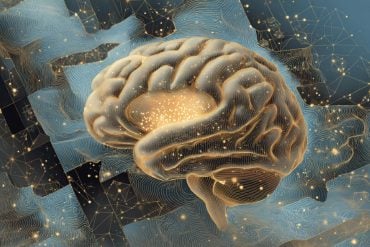Summary: Lewy body dementia (LBD) is a challenging-to-diagnose neurodegenerative disease with symptoms similar to both Parkinson’s and Alzheimer’s diseases, including hallucinations, cognitive issues, and movement disorders. To study LBD’s progression, researchers developed mini brain models from LBD patient stem cells, replicating key disease characteristics seen in human brains.
These models helped identify four promising drugs that may inhibit alpha-synuclein buildup, a key protein associated with LBD. The mini brains are expected to advance individualized treatment testing and could deepen understanding of the disease’s mechanisms. Future research may include adding additional cell types for even more precise models. This study could lead to meaningful steps forward in treating LBD.
Key Facts:
- Mini brain models using patient-derived stem cells help mimic LBD development.
- Four potential drugs identified may prevent harmful alpha-synuclein buildup.
- Models offer a platform for testing targeted treatments and exploring disease pathways.
Source: Mayo Clinic
Lewy body dementia (LBD) is a progressive neurodegenerative disease that shares traits with both Parkinson’s disease and Alzheimer’s disease but can be more difficult to diagnose. Symptoms can include hallucinations, movement disorders, cognitive issues, sleep problems and depression.
To better understand how the disease develops, Mayo Clinic scientists created mini brain models in a dish that closely match key features seen in the brains of patients with Lewy body dementia.

Mini brains, also known as brain organoids, are lab-grown clusters of cells that mimic the human brain structure. The team also identified four potential drug compounds that may offer promising approaches to treating the disease.
Their findings are published in Science Advances.
There is no cure for LBD, and scientists say there are few accurate preclinical models available to study it. A hallmark of the disease is a protein called alpha-synuclein, which is encoded by the SNCA gene. This protein is found in nerve cells of the brain and can build up into masses called Lewy bodies, which may contribute to symptoms of dementia.
To better understand the pathology of the disease, a Mayo Clinic research team led by neuroscientist and senior author Na Zhao, M.D., Ph.D., developed preclinical mini-brain models using stem cells from LBD patients who had extra copies of the SNCA gene, which may have caused their condition.
The patients donated their skin cells upon diagnosis while they were still alive. Scientists then converted the skin cells to stem cells and used them for research.
Using advanced genomic techniques such as single-cell RNA sequencing, which examines genetic material in individual cells, the researchers showed that their mini-brain models mirrored changes seen in the human brains of LBD patients who had donated their brains to the Mayo Clinic Brain Bank, making the models valuable tools for studying how the disease develops.
The researchers used their novel model system to screen nearly 1,300 Food and Drug Administration-approved drugs, identifying four candidates that may help prevent the buildup of alpha-synuclein in neurons.
“This study suggests that these mini-brain models can effectively mimic disease development, providing a potential platform for testing individualized treatments for patients,” says Dr. Zhao.
“The four identified drug candidates, which have the potential to inhibit alpha-synuclein and restore the energy production in neurons derived from LBD patients, could be further refined or modified to develop new treatments for LBD and associated dementias in the future.”
Researchers say additional studies could introduce additional cell types to better mimic the complexity of the human brain. Researchers could then use these enhanced models to further investigate disease mechanisms, such as exploring how high-risk genes influence the development of LBD.
About this brain organoid research news
Author: Lynda De Widt
Source: Mayo Clinic
Contact: Lynda De Widt – Mayo Clinic
Image: The image is credited to Neuroscience News
Original Research: Open access.
“Modeling Lewy body disease with SNCA triplication iPSC-derived cortical organoids and identifying therapeutic drugs” by Na Zhao et al. Science Advances
Abstract
Modeling Lewy body disease with SNCA triplication iPSC-derived cortical organoids and identifying therapeutic drugs
Aggregated α-synuclein (α-SYN) proteins, encoded by the SNCA gene, are hallmarks of Lewy body disease (LBD), affecting multiple brain regions. However, the specific mechanisms underlying α-SYN pathology in cortical neurons, crucial for LBD-associated dementia, remain unclear.
Here, we recapitulated α-SYN pathologies in human induced pluripotent stem cells (iPSCs)–derived cortical organoids generated from patients with LBD with SNCA gene triplication.
Single-cell RNA sequencing, combined with functional and molecular validation, identified synaptic and mitochondrial dysfunction in excitatory neurons exhibiting high expression of the SNCA gene, aligning with observations in the cortex of autopsy-confirmed LBD human brains.
Furthermore, we screened 1280 Food and Drug Administration–approved drugs and identified four candidates (entacapone, tolcapone, phenazopyridine hydrochloride, and zalcitabine) that inhibited α-SYN seeding activity in real-time quaking-induced conversion assays with human brains, reduced α-SYN aggregation, and alleviated mitochondrial dysfunction in SNCA triplication organoids and excitatory neurons.
Our findings establish human cortical LBD models and suggest potential therapeutic drugs targeting α-SYN aggregation for LBD.






